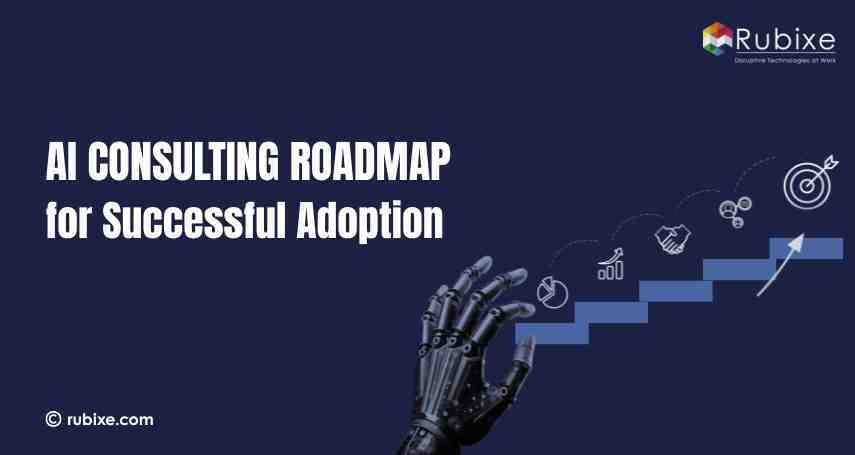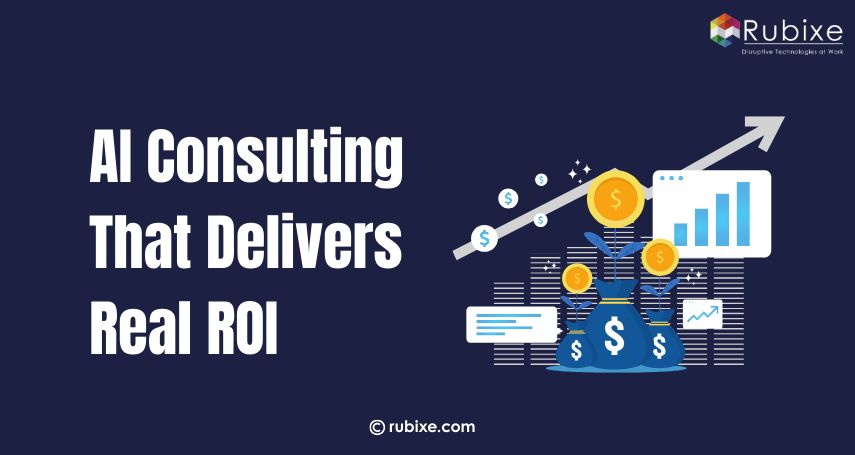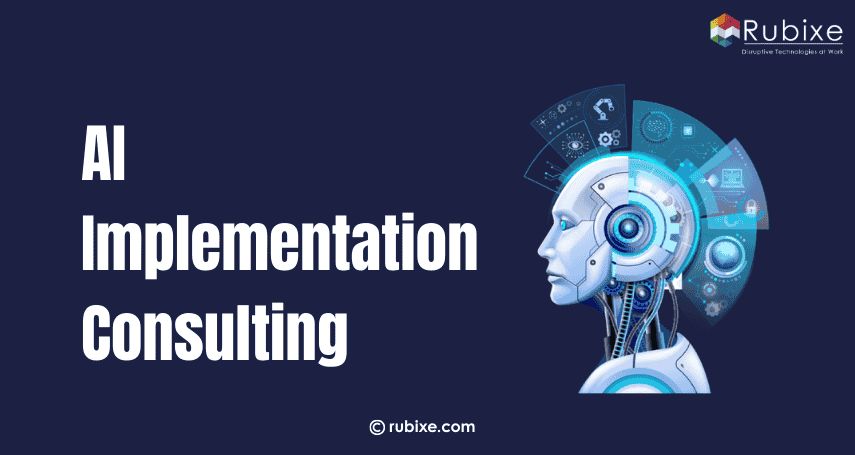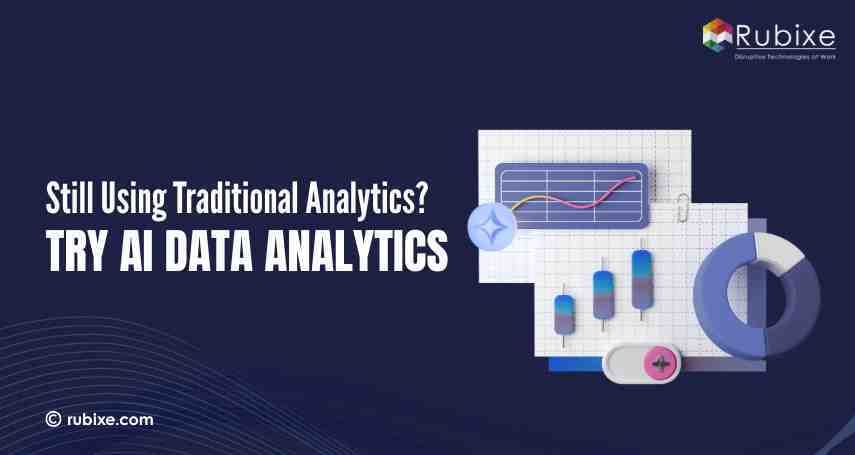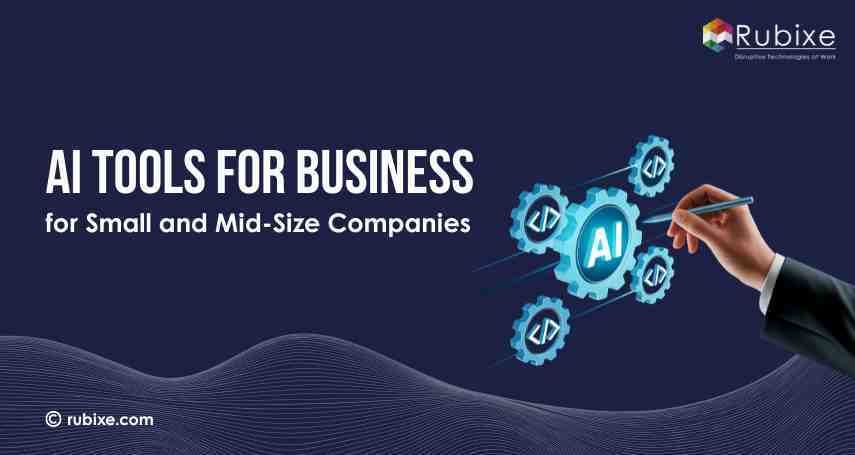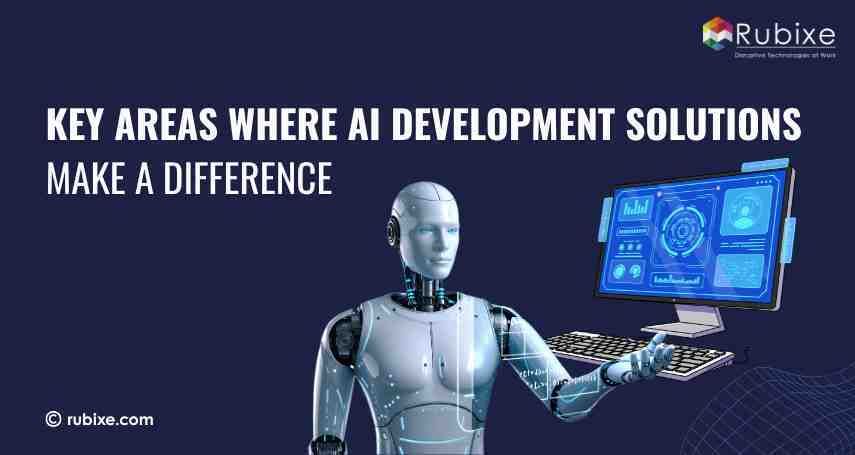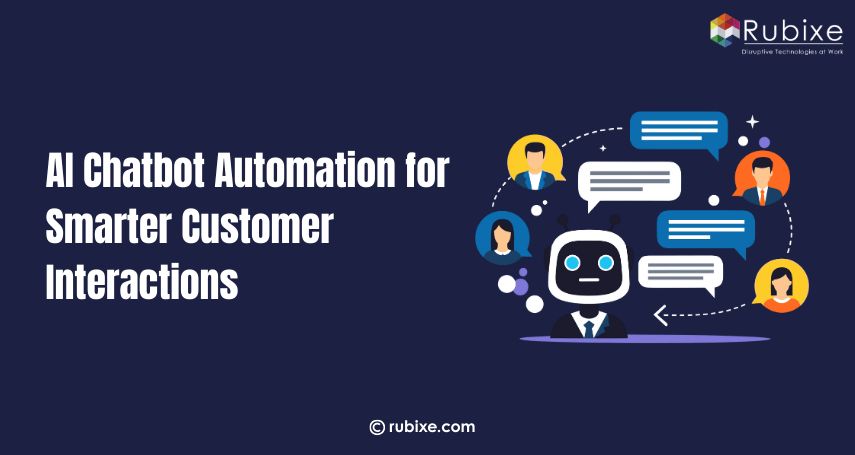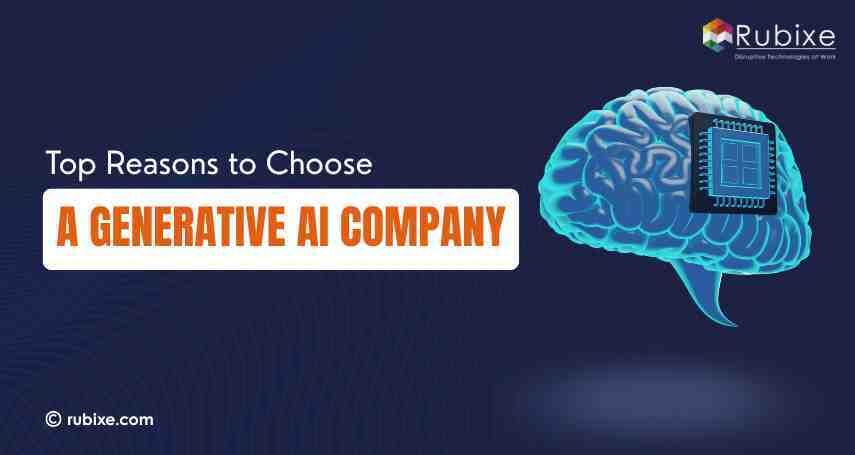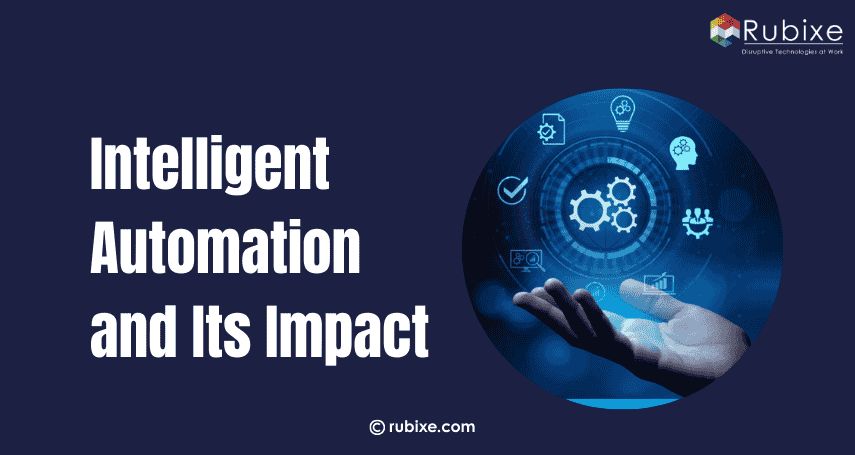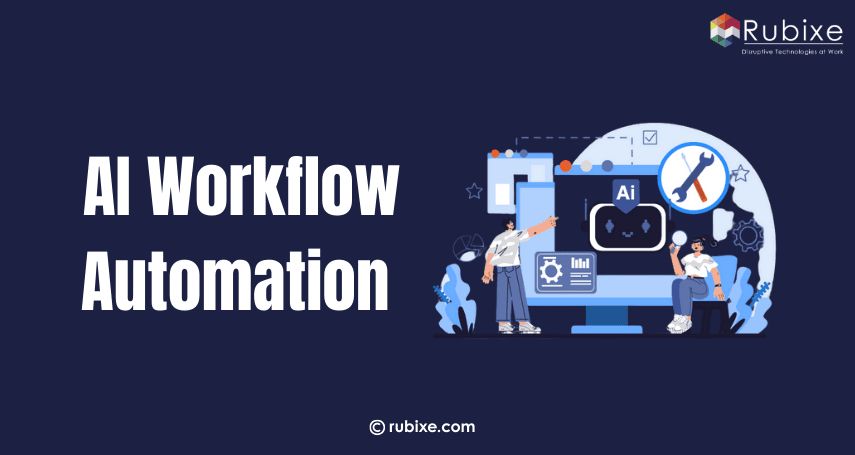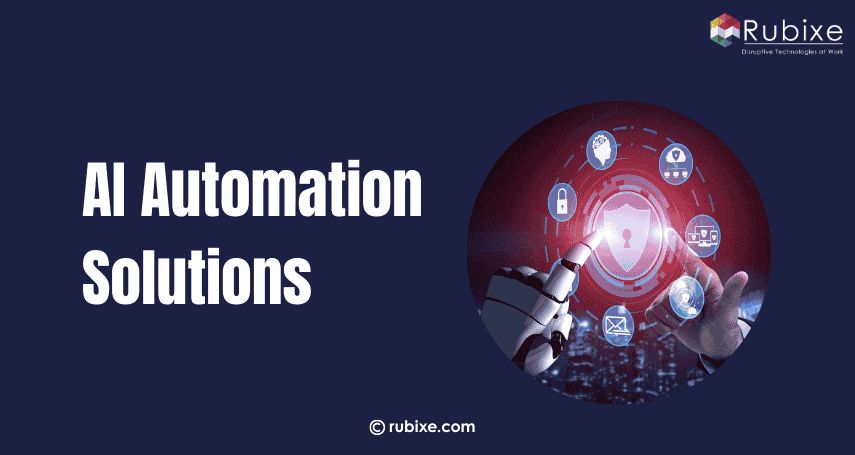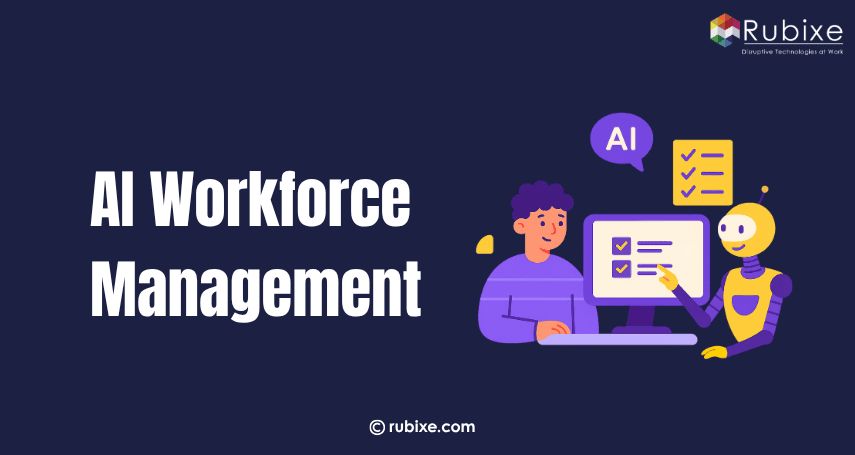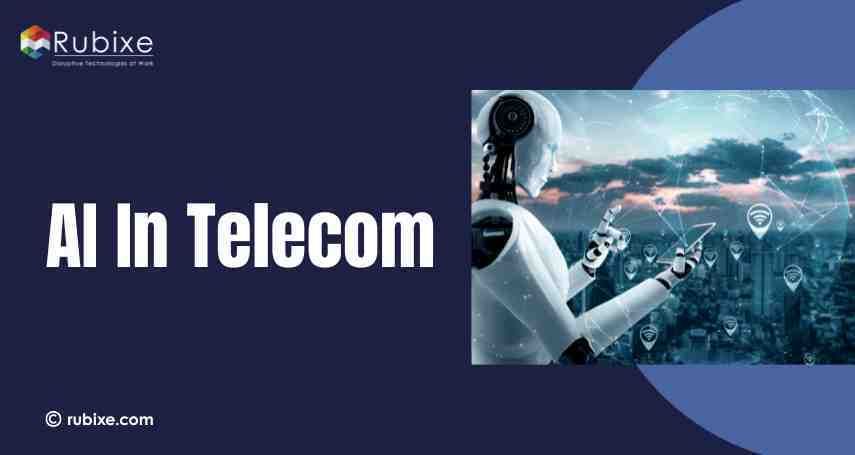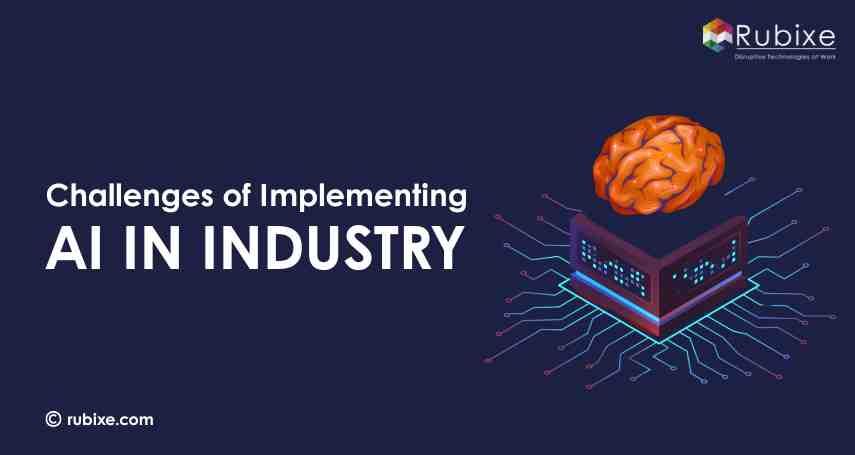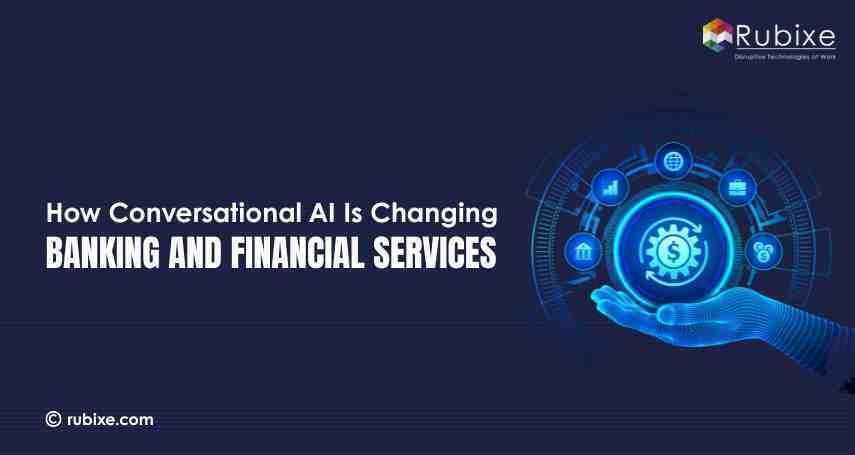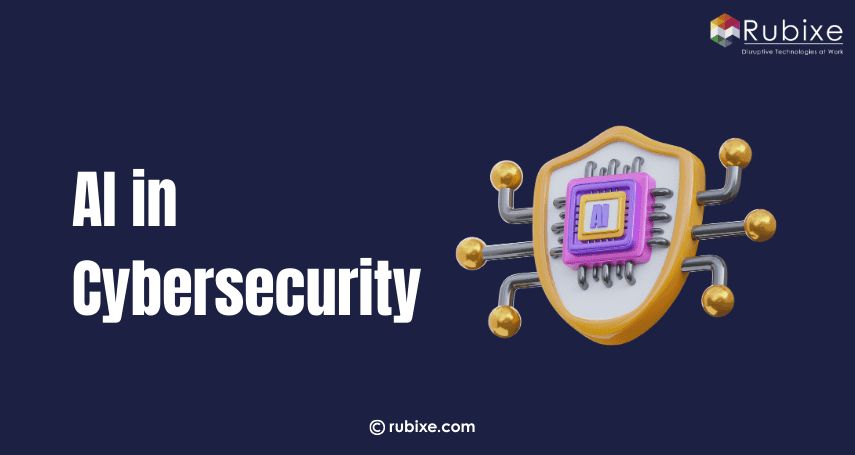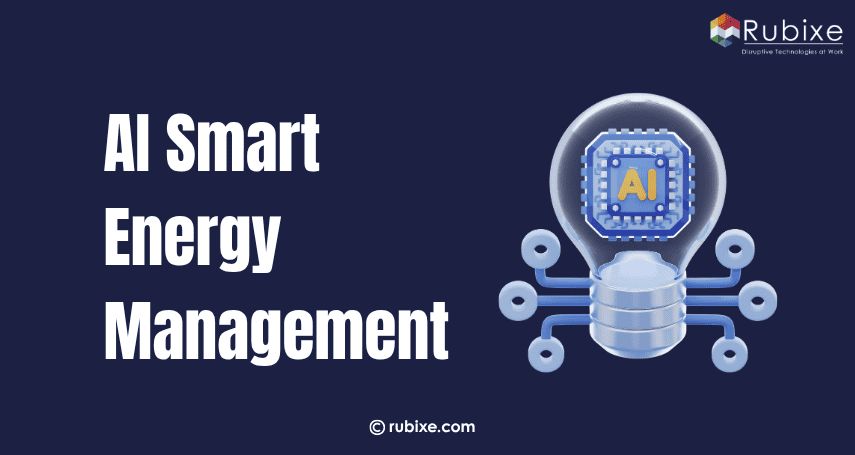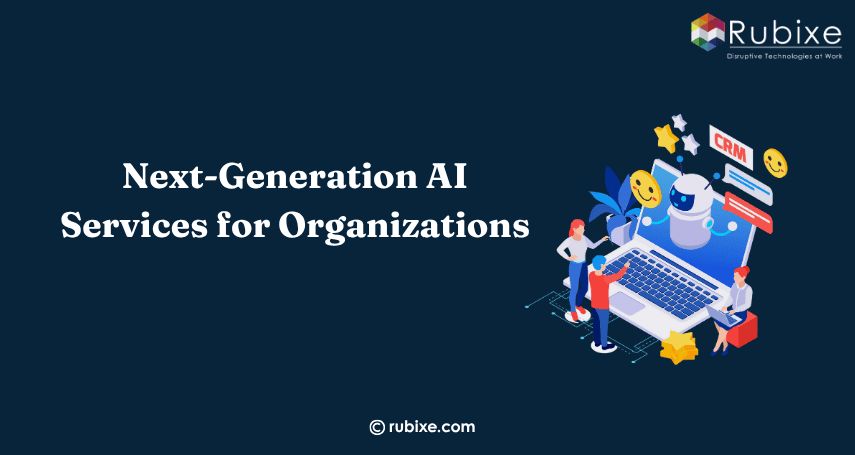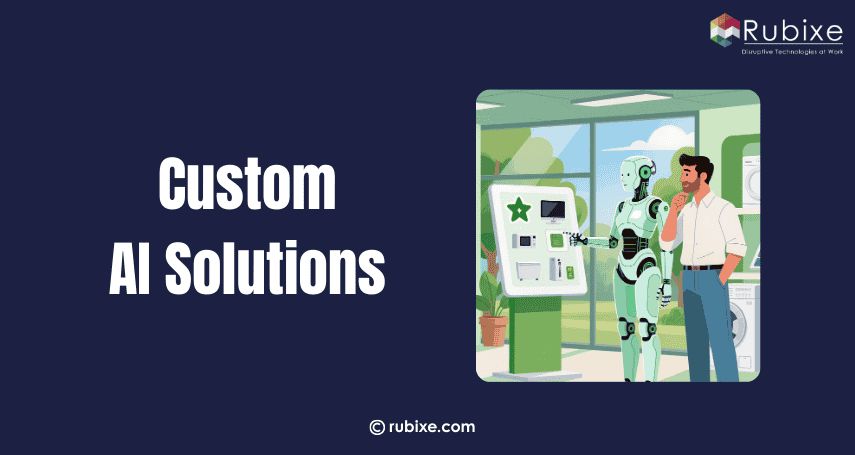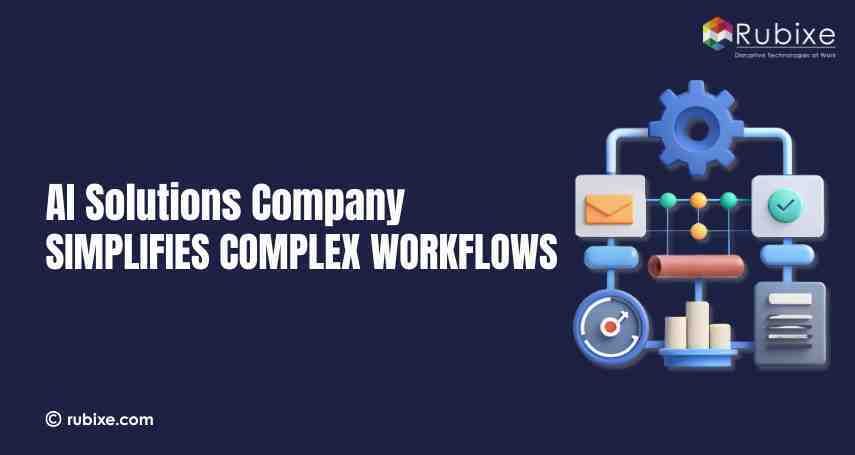AI Cybersecurity Services to Protect Your Data
AI cybersecurity services protect data with real-time threat detection, automated response, and adaptive defense using advanced algorithms and machine learning.
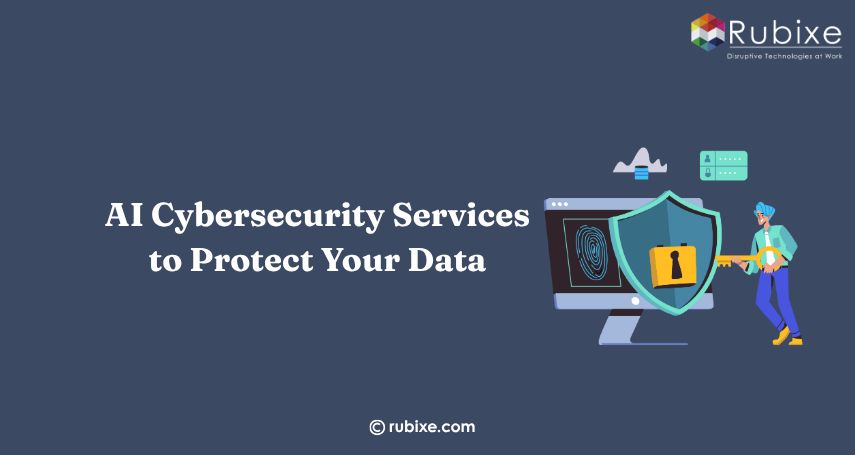
AI cybersecurity is changing how organizations protect their digital assets against modern threats. By using advanced AI algorithms and machine learning, companies can achieve real-time threat detection, proactive defense, and stronger data protection, surpassing the capabilities of traditional cybersecurity methods.
Intelligent Threat Detection and Response
AI cybersecurity is transforming how businesses identify and respond to threats in real time. Traditional security systems often rely on manual rule-based detection, which can be slow and reactive. With AI cybersecurity strategies, companies can proactively monitor, detect, and mitigate risks with greater speed and accuracy.
Key advantages of using AI for intelligent threat detection and response:
-
Real-time anomaly detection: AI systems continuously monitor network behavior to identify unusual patterns that may indicate cyberattacks or breaches.
-
Faster incident response: Automated AI-driven workflows allow quicker containment of threats, minimizing potential damage and downtime.
-
Adaptive learning capabilities: Machine learning models evolve with new threats, enhancing the system's ability to identify zero-day vulnerabilities.
-
Reduced false positives: AI improves threat classification, ensuring security teams focus on genuine alerts rather than sifting through irrelevant warnings.
-
Enhanced endpoint protection: AI cybersecurity tools monitor devices for malicious activity and unauthorized access attempts.
Secure Identity and Access Management (IAM)
Protecting user identity and managing access control are fundamental to reducing the risk of data breaches. With AI-driven Identity and Access Management (IAM), businesses can go beyond static rules and adopt intelligent, adaptive security based on real-time user behavior.
How AI enhances IAM systems:
-
Behavioral biometrics and risk-based access controls: AI analyzes keystroke dynamics, mouse movements, and usage patterns to detect unusual user behavior and adapt access levels accordingly.
-
AI models that spot credential misuse or abnormal access: Machine learning models can flag suspicious logins or data access attempts that deviate from normal user behavior, helping prevent insider threats.
-
Automated response to identity-based threats: AI systems can trigger alerts, block access, or enforce step-up authentication instantly when a threat is detected.
-
Integration with multi-factor authentication (MFA): AI supports intelligent MFA by assessing risk levels in real time and prompting additional verification only when necessary, improving both security and user experience.
AI cybersecurity strengthens IAM by continuously learning and evolving with user behavior, enabling proactive threat prevention.
AI-Enhanced Cloud and Network Security
As organizations adopt cloud-native and hybrid environments, maintaining strong and scalable security becomes critical. AI in cybersecurity plays a vital role in monitoring, detecting, and responding to emerging threats across these complex infrastructures.
How AI strengthens cloud and network security:
-
Real-time monitoring of cloud assets and virtual networks: AI systems continuously scan for anomalies across data flows, virtual machines, containers, and APIs to detect unauthorized activities early.
-
AI-driven misconfiguration detection and policy enforcement: Machine learning models can automatically identify security misconfigurations such as open ports or weak access controls and enforce compliance policies.
-
Identification of lateral movement within cloud environments: AI maps user behavior and network activity to flag suspicious lateral movement that may indicate an internal breach or advanced persistent threat (APT).
-
Scalable defense for SaaS, IaaS, and PaaS workloads: AI adapts to evolving workloads and traffic patterns across cloud service models, ensuring security policies scale with your infrastructure growth.
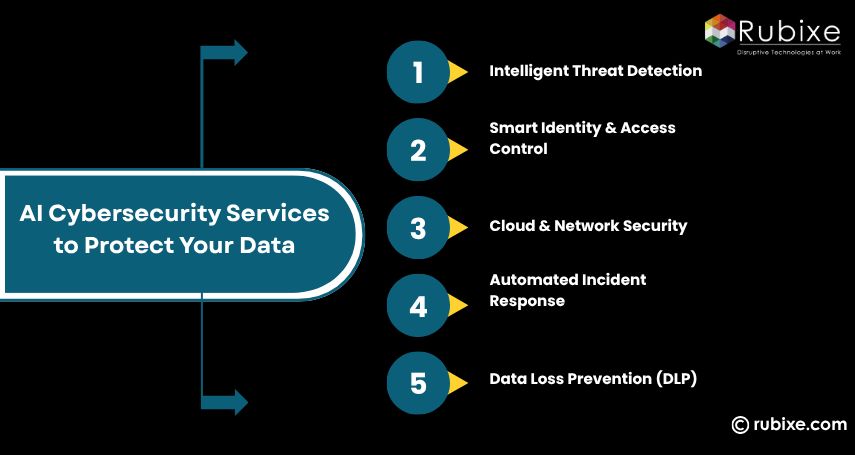
Endpoint Detection and XDR (Extended Detection and Response)
With modern businesses operating across distributed endpoints, securing every device is critical. AI cybersecurity enhances Endpoint Detection and Response (EDR) and Extended Detection and Response (XDR) by enabling faster threat identification, improved context, and more accurate incident response.
How AI cybersecurity strengthens endpoint protection:
-
Proactive threat hunting: AI-powered tools analyze vast datasets to detect indicators of compromise across endpoints before attacks escalate.
-
Behavior-based threat detection: Machine learning models recognize unusual patterns in device behavior, flagging potential malware or ransomware activity.
-
Cross-domain correlation: XDR systems use AI to link signals across endpoints, networks, email, and cloud environments—providing a unified threat picture.
-
Automated incident response: AI cybersecurity tools can isolate infected endpoints, block malicious traffic, and trigger alerts without manual intervention.
-
Continuous learning and adaptation: AI models evolve with new threats, ensuring endpoint defenses stay current against zero-day attacks and advanced threats.
By integrating AI cybersecurity into EDR and XDR platforms, businesses gain faster, smarter, and more coordinated threat defense across their entire digital environment.
Data Loss Prevention with AI
Protecting sensitive data has become a top priority for businesses of all sizes. AI in cybersecurity significantly enhances Data Loss Prevention (DLP) by proactively identifying, classifying, and securing critical information before it’s exposed or misused.
How AI strengthens Data Loss Prevention efforts:
-
Real-time data monitoring: AI tools track data movement across systems, networks, and endpoints to detect potential leaks or unauthorized transfers instantly.
-
Automated data classification: Machine learning algorithms identify and categorize sensitive content such as financial records, customer data, or intellectual property.
-
Context-aware protection: AI evaluates the context around data access—who, when, where—to prevent risky or suspicious behavior.
-
Insider threat detection: Behavioral analysis helps flag abnormal activities from internal users that could lead to accidental or malicious data leaks.
-
Policy enforcement and adaptation: AI-driven systems dynamically apply and update DLP policies based on evolving usage patterns and compliance needs.
AI-Driven SOC Automation
Security Operations Centers (SOCs) are at the core of any organization’s cybersecurity defense. With rising threats and alert volumes, AI-driven SOC automation helps teams respond faster, reduce workload, and improve threat management.
Key ways AI enhances SOC automation:
-
Alert triage and prioritization: AI analyzes and filters alerts, reducing noise and helping analysts focus on real threats.
-
Automated incident response: Machine learning models trigger predefined playbooks to contain and mitigate threats without human intervention.
-
Threat intelligence correlation: AI connects dots across multiple data sources to identify patterns and potential indicators of compromise (IOCs).
-
Faster detection of zero-day attacks: AI models learn from evolving behaviors, identifying novel threats before traditional tools can.
-
Analyst augmentation: Virtual assistants and AI tools help security teams investigate and resolve incidents more efficiently.
Incorporating AI in cybersecurity operations allows SOCs to scale effectively, respond in real time, and continuously improve defenses against modern cyber threats.
Why Choose AI Consulting & AI Services for Cybersecurity?
Businesses need smarter, faster ways to defend against evolving cyberattacks. AI consulting and AI services offer tailored strategies and tools to strengthen cybersecurity frameworks, detect threats early, and respond in real time.
Key reasons to consider AI consulting and services for cybersecurity:
-
Customized security strategy: AI consulting helps design a cybersecurity approach that fits your industry, data sensitivity, and risk tolerance.
-
Faster threat detection: AI services analyze large volumes of data in real time to detect anomalies and potential breaches.
-
Automated response mechanisms: Integrated AI tools can isolate affected systems and initiate mitigation steps instantly.
-
24/7 monitoring and learning: AI continuously monitors systems and learns from new threats, improving detection accuracy over time.
-
Reduced analyst workload: By automating repetitive SOC tasks, AI frees up human analysts to focus on high-priority threats.
-
Improved identity and access control: AI-driven IAM systems ensure users are verified through behavior analysis and adaptive authentication.
-
Scalable cybersecurity solutions: Whether you're a startup or enterprise, AI consulting ensures your security setup can grow with your business.
As a trusted consulting provider, we offer AI cybersecurity services that empower businesses to detect threats faster, respond intelligently, and secure digital assets effectively. Our solutions are designed to adapt, scale, and evolve to help you stay protected in a rapidly changing threat environment.


